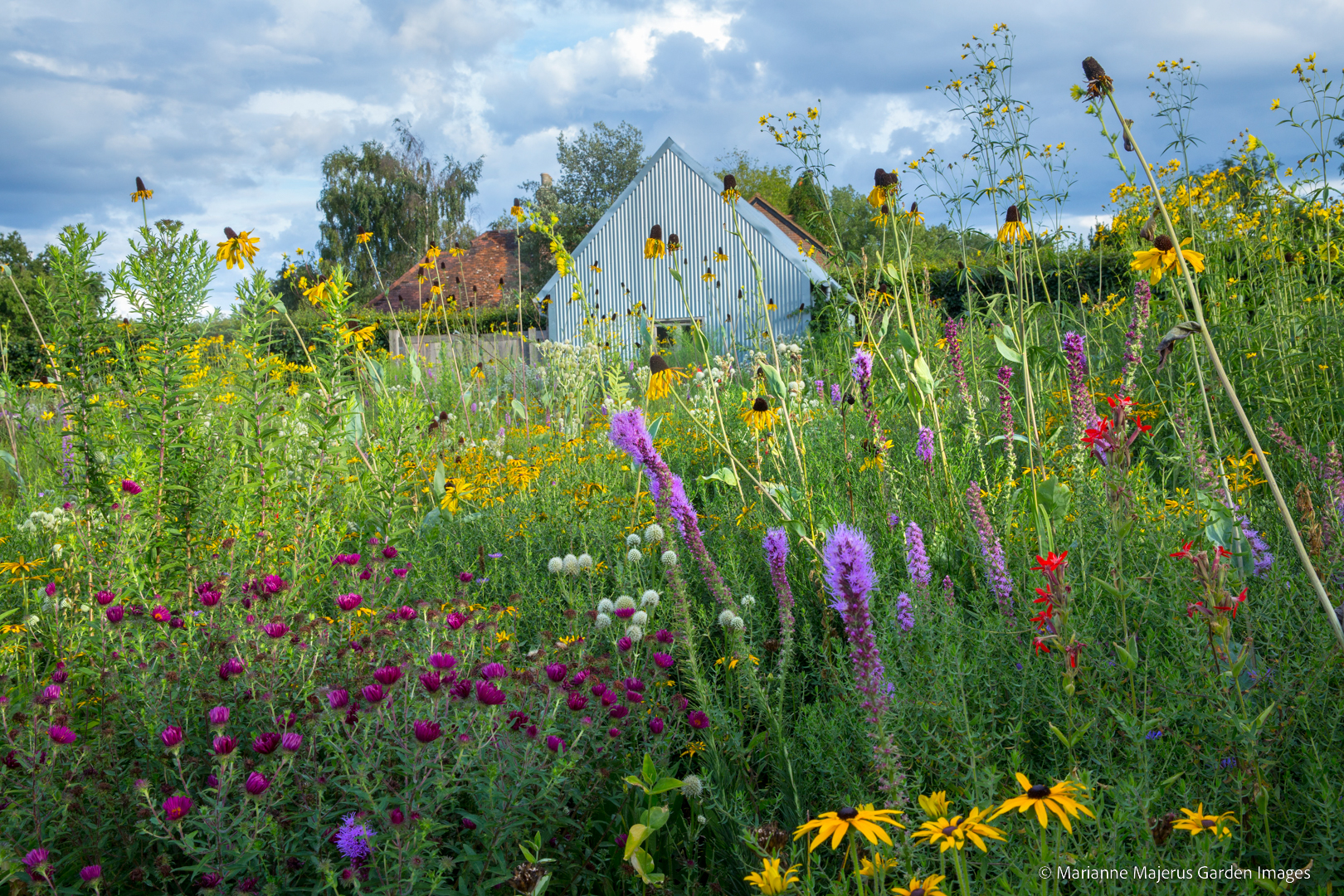When I first posted my idea for Wildscaping here in spring 2019, it was with the secret hope that both the word and its spirit might take on a life of its own.
Like a message in a digital bottle.
We all know what happened next. Driven by the pandemic lockdowns, we experienced a seismic cultural shift to suddenly embrace all things plants, gardens, and matters of biodiversity in ways no-one could have ever predicted or imagined.
My bottle got swept up into a tsunami.
Like many during isolation, I found a new voice online to talk about topics like Wildscaping and ecological planting design. I wrote about all things naturalistic as contributing author of the book Gardens of the World (published last year by Penguin Random House UK on DK Eyewitness.)

I also started up The New Perennialist Talks. Thanks to some serious dream guests like Dan Pearson and Midori Shintani, Nigel Dunnett and Peter Korn, it quickly found a very keen audience.
I also dove into deep research mode to read up on everything from entomology to psychology, mycology and conservation biology.
It was not until this past fall when I finally got out into the real world and traveled, that I saw how completely the shift in the cultural zeitgeist had taken hold.
I went big on the trip and visited three different countries: England, the Netherlands, Italy. And I attended not just one but two remarkable design symposiums starting with the Beth Chatto Symposium in Essex, England, which explored the theme of Rewilding the Mind.
After a week of garden excursions in the Netherlands, I traveled to the Landscape Festival in the magical walled town of Bergamo, Italy where the focus was on forgotten landscapes, international speakers, and epicurean overdrive. Both events presented a crystalline opportunity to learn and absorb the kinds of experiences that don’t just pop up online.
There is simply no substitute for the serendipitous flow of encountering real people in real time in the real world – the intermingling of strangers and friends linked by a kindred sixth sense of biophilia.

Talks on the wild side
A pivotal theme in both design symposiums was the environmental necessity to understand and adapt to the extreme challenges of the new climate reality.
With this in mind, I’m picking up the threads with a fresh round of New Perennialist Talks starting in early February with this theme at its core.
The first guest came to my attention via a strong endorsement from no less than Prof. Nigel Dunnett, creator of the phenomenal Superbloom at the Tower of London last summer.
Here’s what he says about writer Darryl Moore and his new book set for release in North America on Pimpernel Press this February:
“I can’t recommend this new book enough…a comprehensive and deeply researched account of humans’ relationship with plants. The depth of the book is quite extraordinary. It’s not a glossy image-led garden book, it’s a serious text. And it is a fantastic and up-to-date overview of current trends and approaches in planting design.”

Having now read it myself, I would take this assessment a step further by saying this is THE quintessential book that needed to be written about the evolution of naturalistic planting design and advanced plant ecology.
I’m understandably thrilled to present Darryl Moore to lead off this season of The New Perennialist Talks on February 6th at 1 p.m. EST (approx. 75-minutes + Q&A).
I invite you to register here via PayPal to either watch it live or view it as a recording later. You can expect a more in-depth review of the book for later next week.

Meet the green roof guru of brownfield
Only one speaker appeared at both symposiums. UK garden provocateur John Little delivered easily the most unconventional, rip-roaring talk of the whole shebang. Targeting the disturbing loss of biodiversity associated with climate change, his message is all about inventing low-tech solutions to create surprisingly useful wildlife habitat out of the junk we throw away.
John Little builds habitats and communities with his Grass Roof Company and lives and works at Hilldrop Garden in Essex, recently named one of the most iconic new gardens in the world by the London College of Garden Design.

He believes that structure is the forgotten tool in boosting biodiversity. He points out that our industry sports a major blind spot, “There is such an emphasis on plants within conservation and horticulture, I think we’ve missed the importance of the physical spaces and niches that wildlife depends on.”

John Little will be my upcoming guest on The New Perennialist Talks to speak on Bringing chaos and complexity back into new landscapes. Set your calendar alarm for February 21st at 11 a.m. (approx. 75-minutes + Q&A). You can register here in advance via PayPal. More details coming in the next few weeks about John and how you can bring some of these ideas home to your garden universe.
That wraps it up for the moment. There’s more to come that I dare not mention for fear of spoiling the surprise.


Hi – if we can’t make the dates will the talks be made available afterwards online by way of subscription?
Regards
David
Hi David,
The answer is yes! You need to register before the date and you’ll be sent a link to the recording for 30 days.
The Beeton Horticultural Society had the pleasure of hosting Tony on March 14, 2023 and what a talk! The topic “Wildscape” had the audience engaged and inspired from the first slide to the last! Highly recommended.
Hi Liza, It felt tremendous to speak to a live audience after three years of virtual Zoom talks. This was my first live talk in Ontario since before the pandemic and it felt truly special.